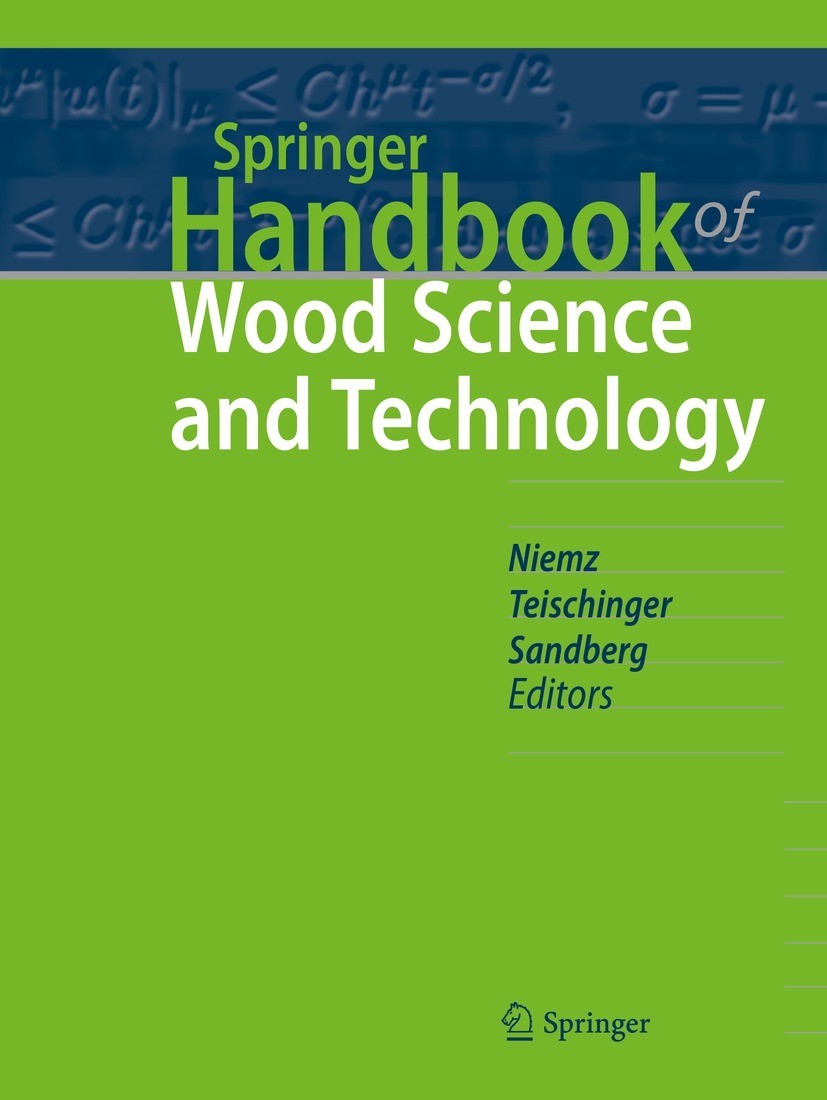Theoretical study on the reaction mechanism of Dakin oxidation: influence of methoxy groups
Abstract
The reaction mechanism of the Dakin reaction for three lignin model compounds was thoroughly investigated using density functional theory (DFT). A more comprehensive atomic and molecular level oxidation mechanism for the Dakin reaction was proposed, complementing the previously reported reaction process. The potential energy surface information for twelve possible channels was obtained at B3LYP/6–311 + G(d,p) level based on the geometry optimization together with the frequency calculation of the stationary points. The influence of substituent effects on the reaction energy barrier of Dakin reaction in lignin model compounds was estimated. The calculated results revealed that the rearrangement reaction of quinone structure primarily involves ring-forming and ring-opening of epoxy group, the ring-forming on O and C of benzene ring and ring-opening on C and C of benzene ring. The energy barriers of Dakin reaction decrease with an increase in the number of methoxy groups in lignin model compounds. Further elucidation of the Dakin reaction mechanism will provide a theoretical foundation for the development of more effective catalytic systems to enhance the valuable utilization of lignin in future applications.


 求助内容:
求助内容: 应助结果提醒方式:
应助结果提醒方式:


